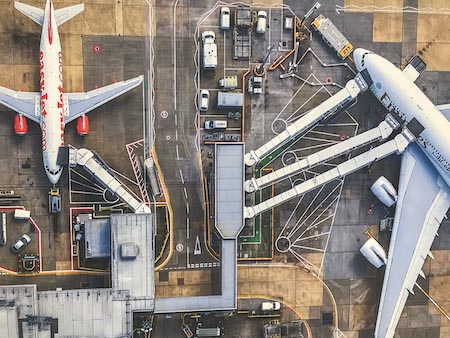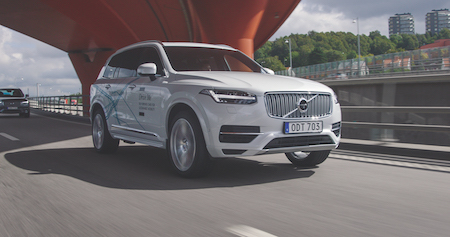After a period of total confusion with over a hundred thousand passengers affected, the police managed to arrest two suspects, only to release them without charge after 36 hours of questioning. Critics of the arrests pointed to the lack of evidence provided, with an employer of one of the suspects claiming that their attempts to provide an alibi fell on deaf ears.
Further reports claim that there may not have been a drone present at the airport at all, or that the number of sightings confused a Sussex Police drone with an unlawful one. With such confusion abounding and no further criminal prosecutions taking place, the government stepped in to provide a legal response.
Response
New legislation will be pushed forward in the wake of the Gatwick incident, as amendments to the Air Navigation Order. First up is a widening of the no-fly zone around the airport. Currently, anyone found operating a drone above 400ft within 1km of Gatwick boundaries face up to five years in prison. This will now be extended to 5km, with further extensions at runway ends. Owners of drones weighing 250g or more will also have to register with the Civil Aviation Authority (CAA) and will be mandated to take a safety test from 30 November 2019 to ensure proper flying in the future.
Transport Secretary Chris Grayling also announced that the police are to be more powers to land drones and to force owners to provide documentation. This will include the right to seize drones and any data found within with an appropriate warrant where an offence has been committed. They will also be able to issue on-the-spot fines of £100 for offences such as failing to comply with an officer’s request to provide documentation proving registration or certification for drone operations.
The scale of the disruption in this incident has caused the government to respond very quickly, or at least to be seen to do so. Expansion of police powers for drone misuse has been on the cards for some time, with the rise of incidents at airports, but the draft drone bill has been delayed, after being originally scheduled last spring. The original announcement of the drone bill was made in late 2017 and included the drone registration scheme that is now due to hit later this year. The extension of the no-fly zone also feels like it has been a long-time-coming for critics, who felt that the 1km range was wholly inadequate. It has to be noted that the increase in the size of the exclusion zone won’t protect against a deliberate intrusion into an aerodrome’s airspace – like this incident was purported to be – but it should be able to cut down on potential collisions between aircraft and drones and provide an overall safer airspace.
Reaction
The new rules have been welcomed by companies like DJI, with Head of Policy at DJI EMEA Christian Struwe saying, ”We are pleased to see that the new rectangular restriction zones around airport runway approach paths address the risk at airports in a way similar to the latest version of DJI’s geofencing technology. This will provide smarter protection for airplanes in critical areas during takeoff and landing and is in line with established aviation practices.”
These new laws wouldn’t have prevented the chaos caused at Gatwick airport, so it is important to note that the UK government still has yet to provide any legal protection against a repeat in the future. It is positive that they are finally moving forward with an expansion to the drone laws, as the technology becomes more widespread and further commercial uses are being explored in schemes up and down the country, such as with Nesta’s Flying High Challenge. Gatwick airport announced that it was spending £5m on new anti-drone protections, with Heathrow making a similar promise, though neither disclosed the details of the technology they would employ.
On 8 January 2019, Heathrow airport faced brief disruptions due to reports of a drone near the airport at about 17.05. In the end, normal service was resumed very quickly, though there were still passengers whose journeys were affected by the delayed departures. Grounding flights for a couple of hours was, according to a Heathrow spokeswoman, “a precautionary measure”. The investment in counter-drone technology appears to be a wise one, as the regulations surrounding drones aren’t giving the airports sufficient protection at the moment, and the amendments may not be able to improve the situation, and the government has agreed and announced that all major UK airports will now be equipped with military=grade anti-drone technology.


.jpg)
.jpg)
.jpg)

.jpg)




